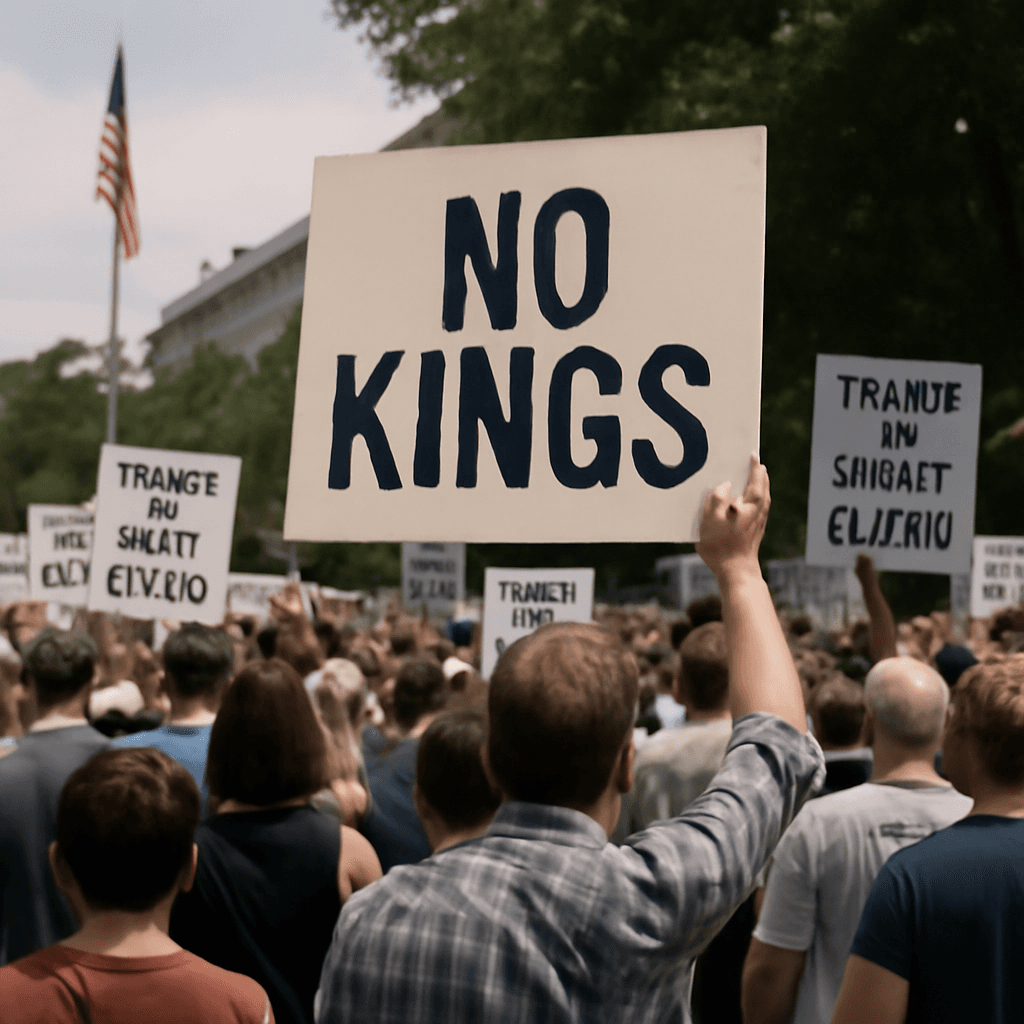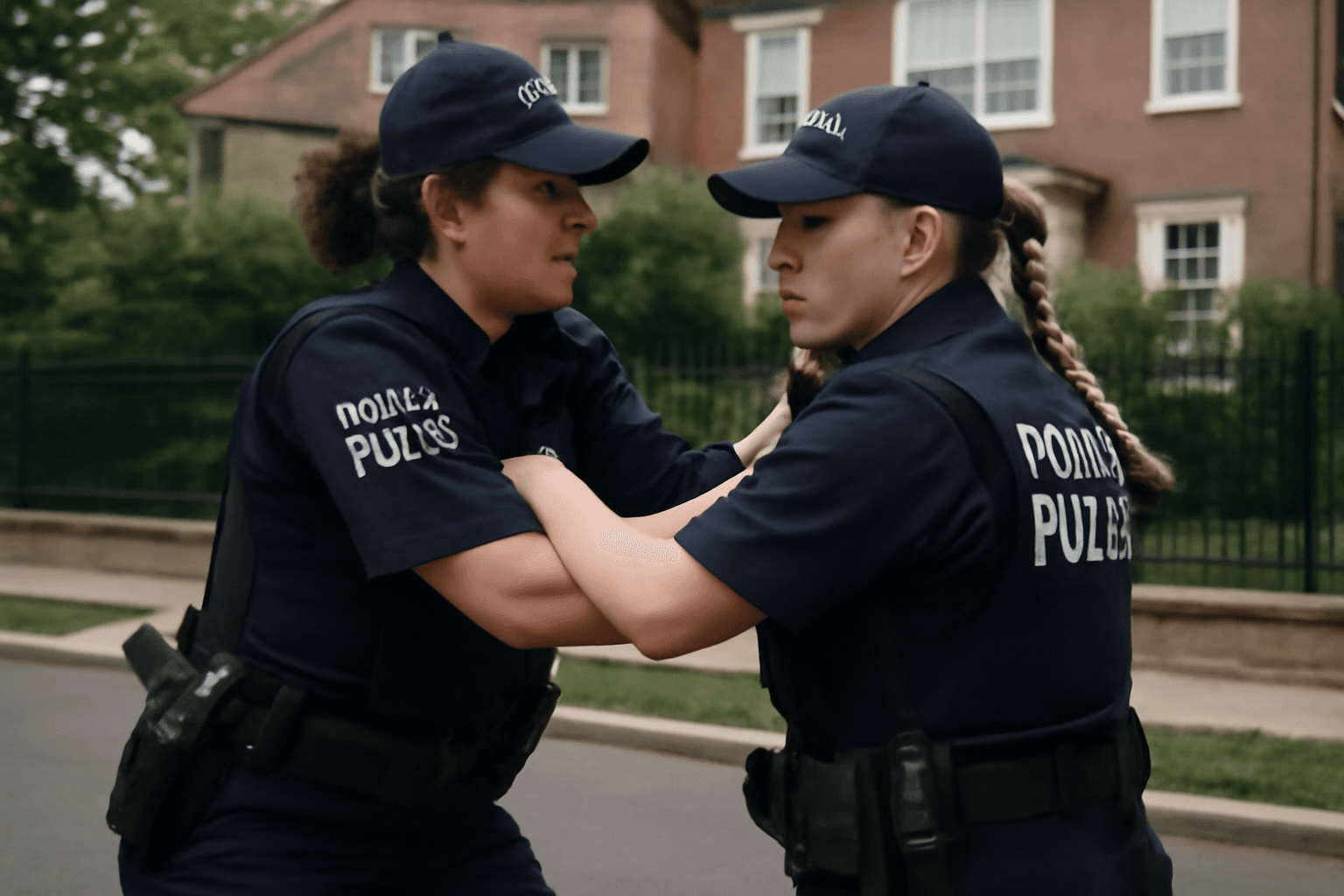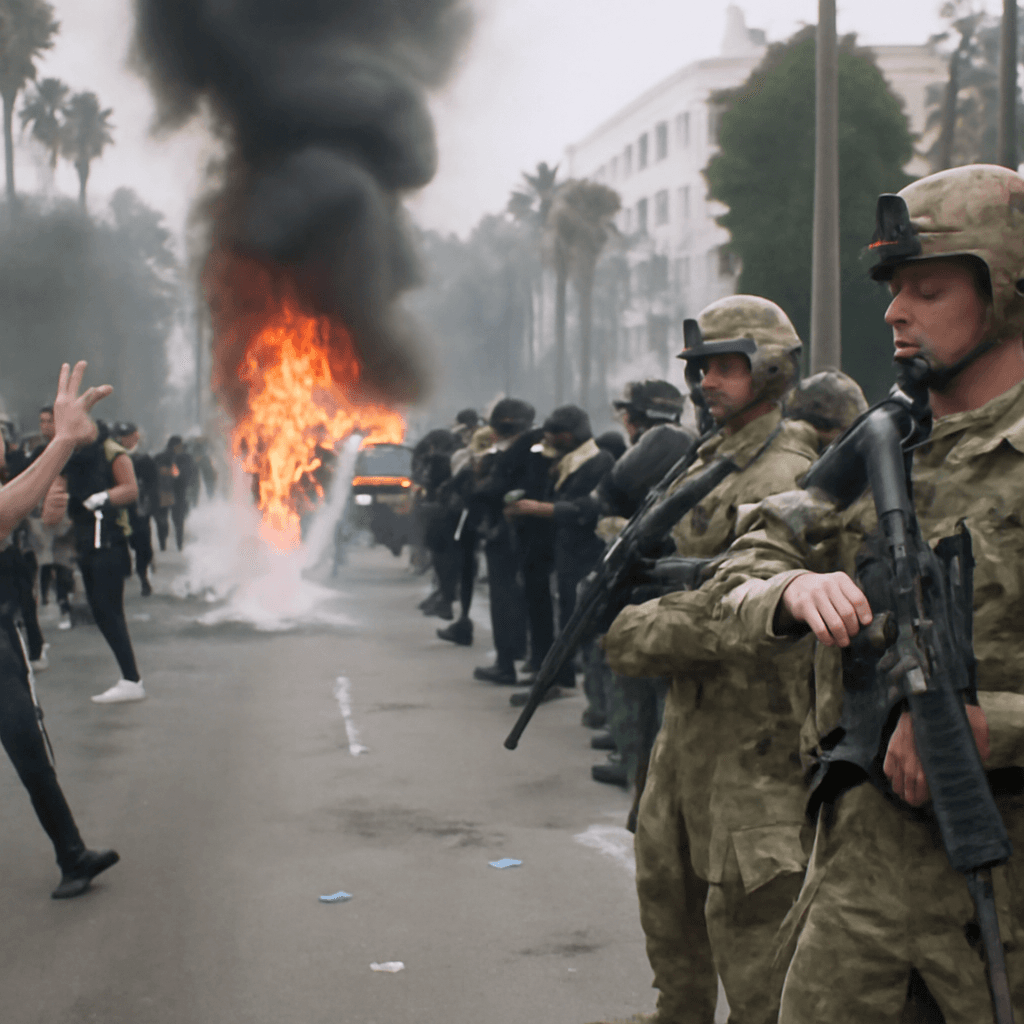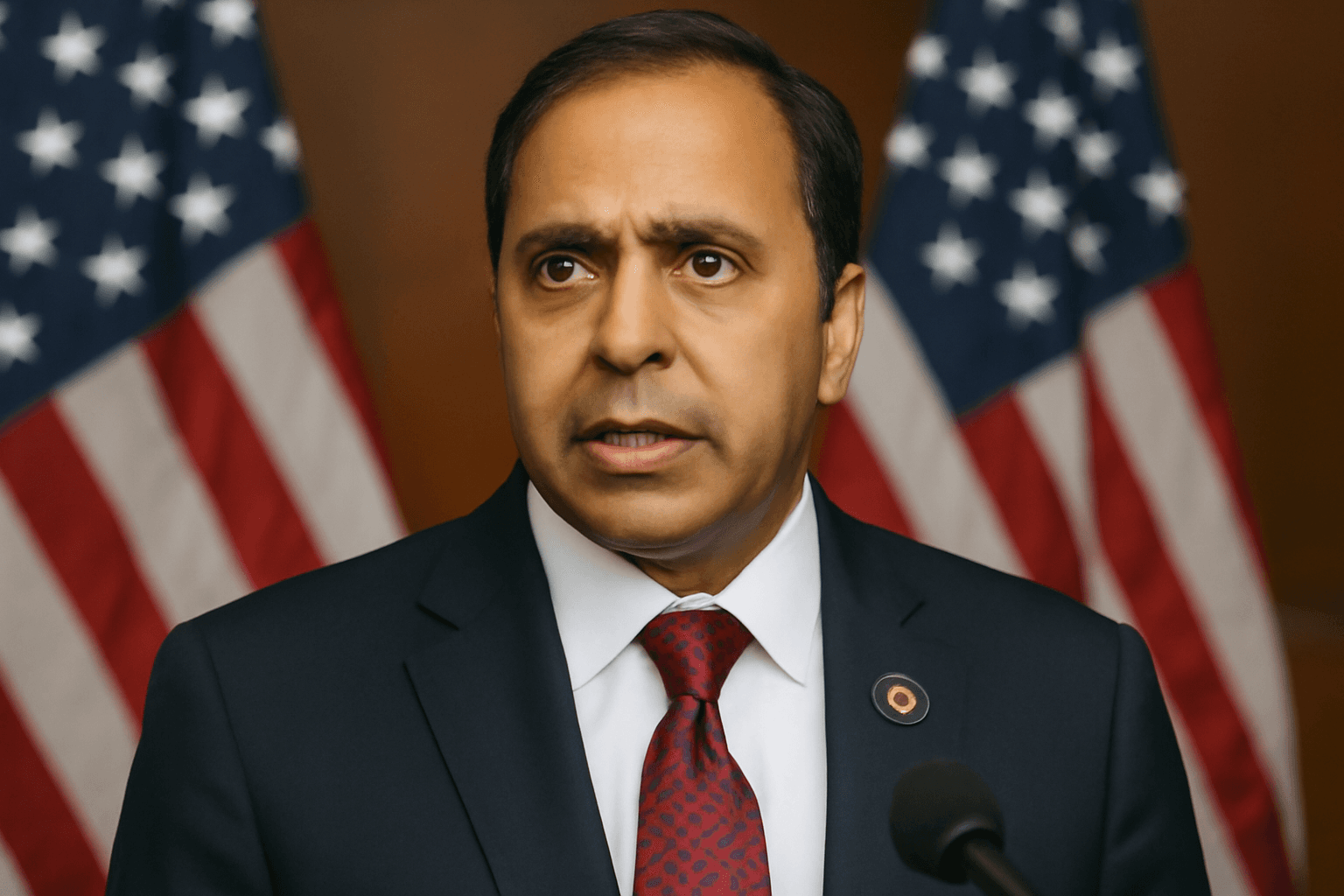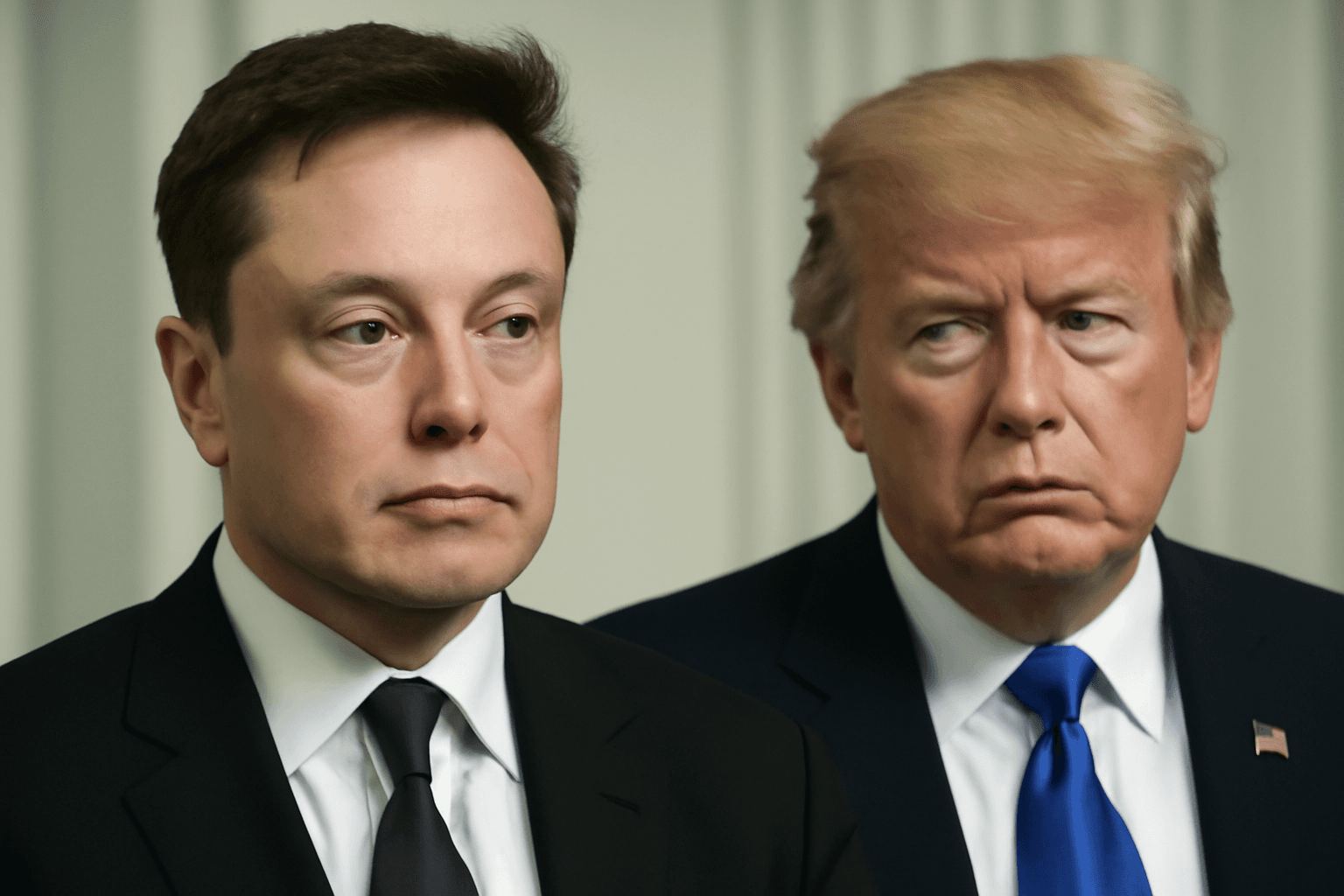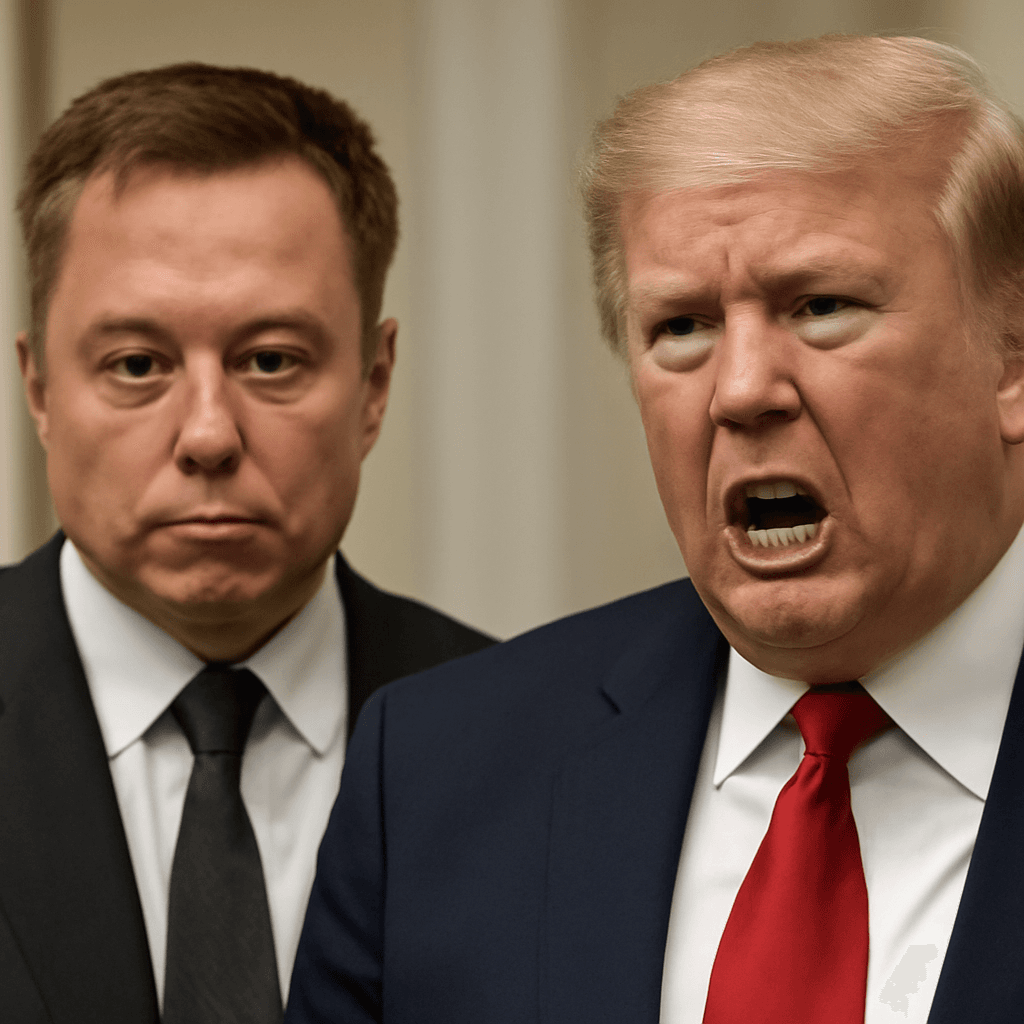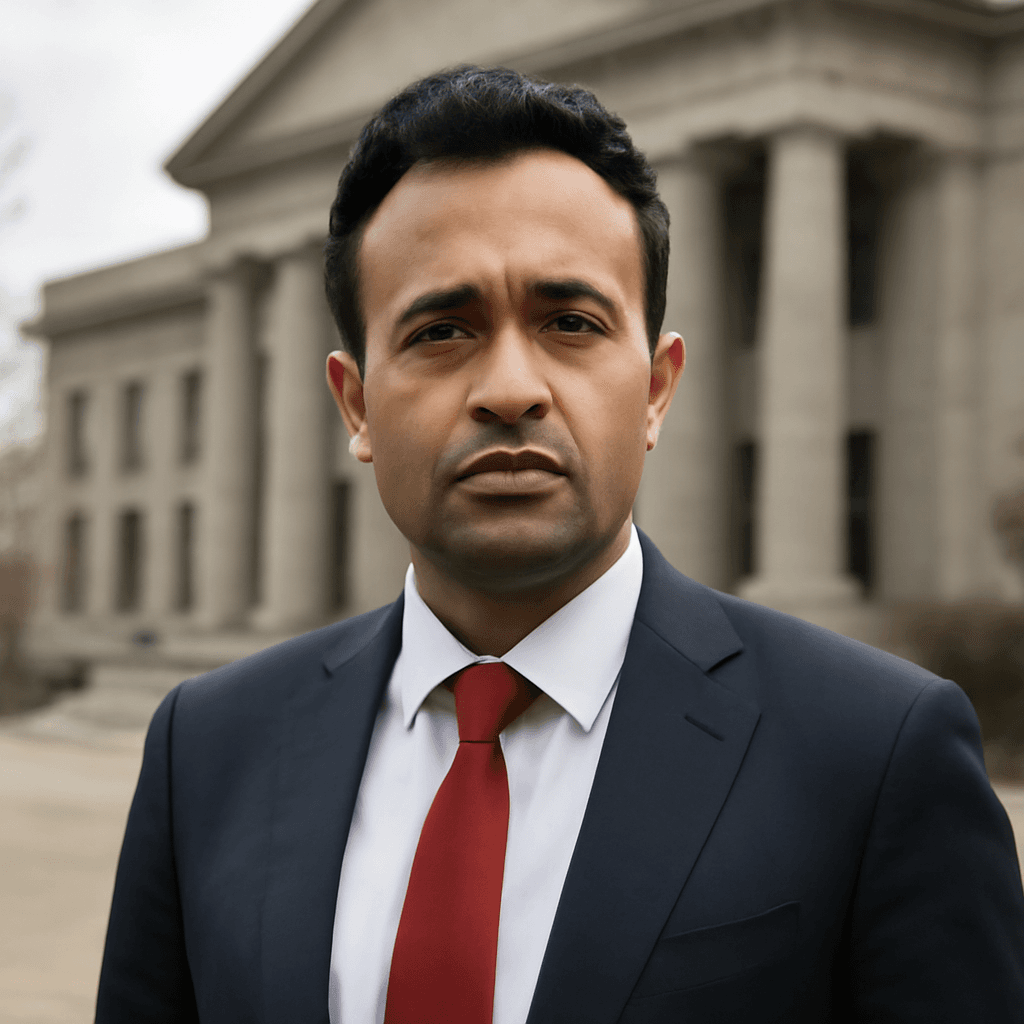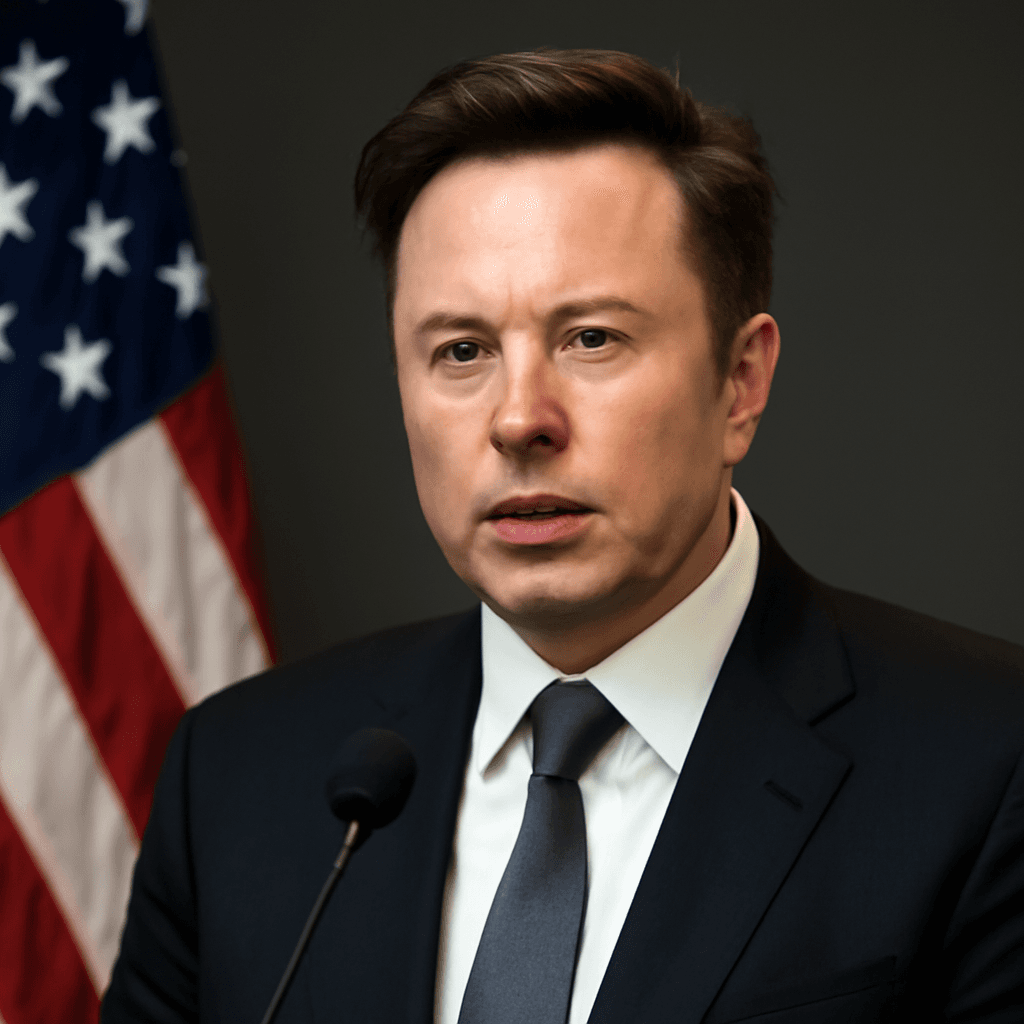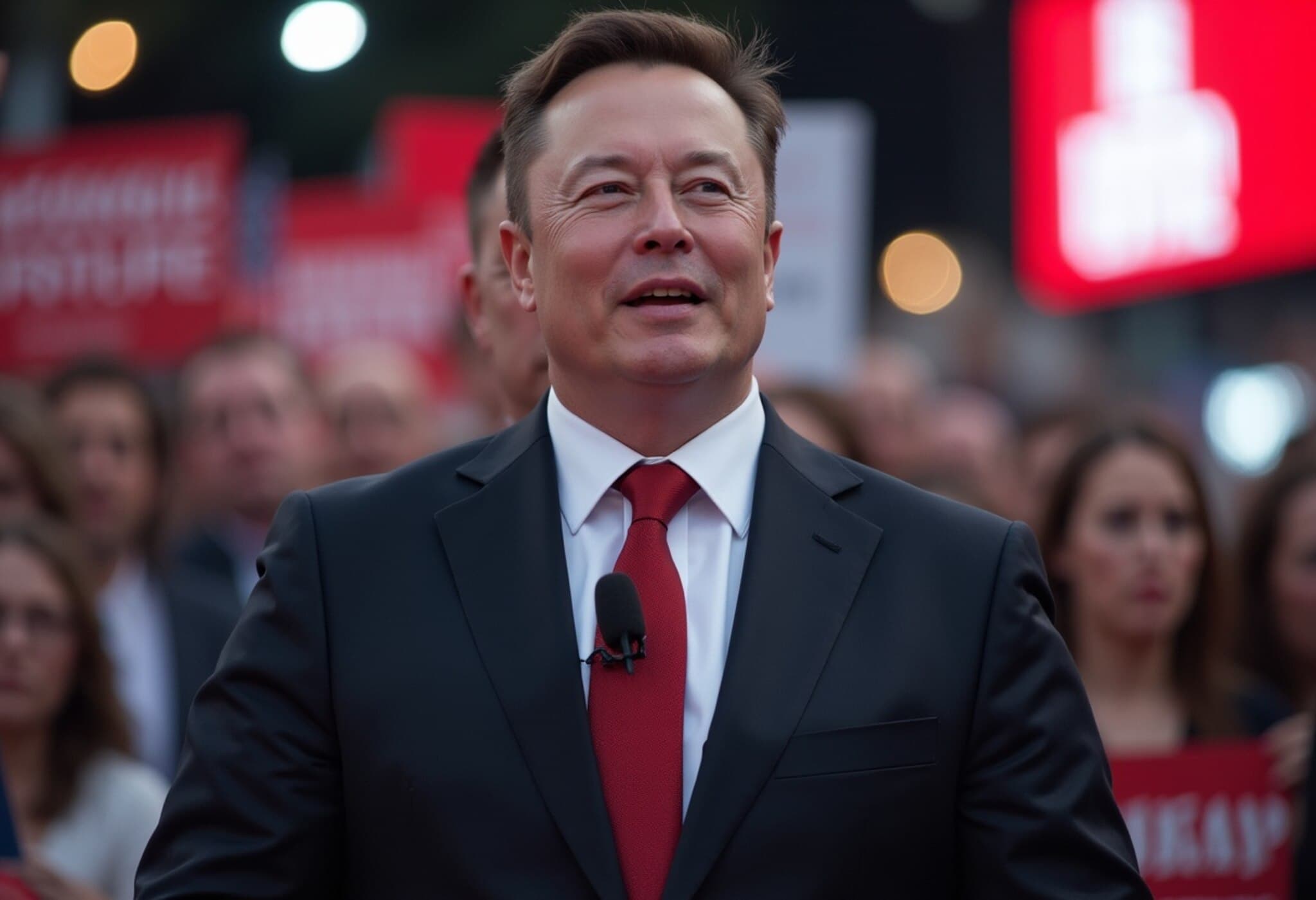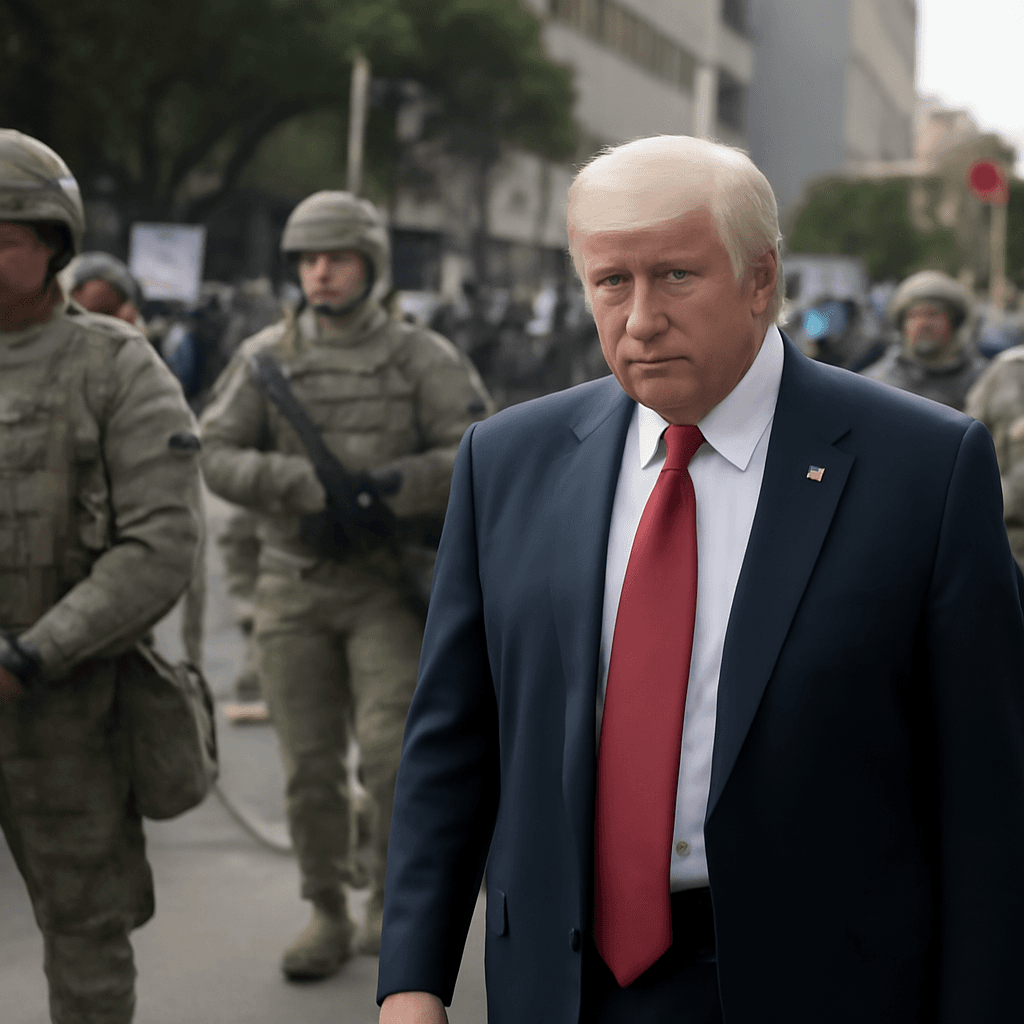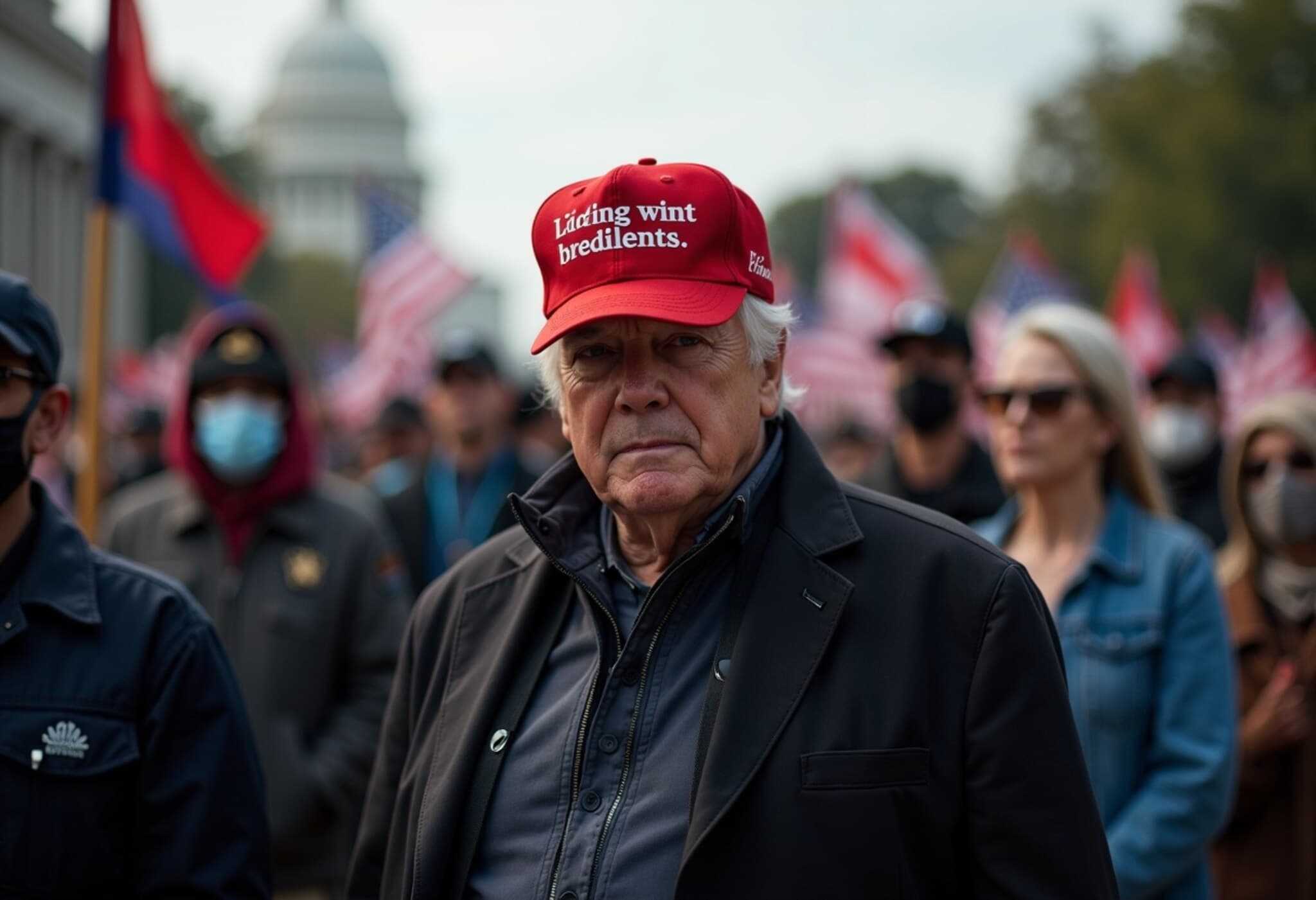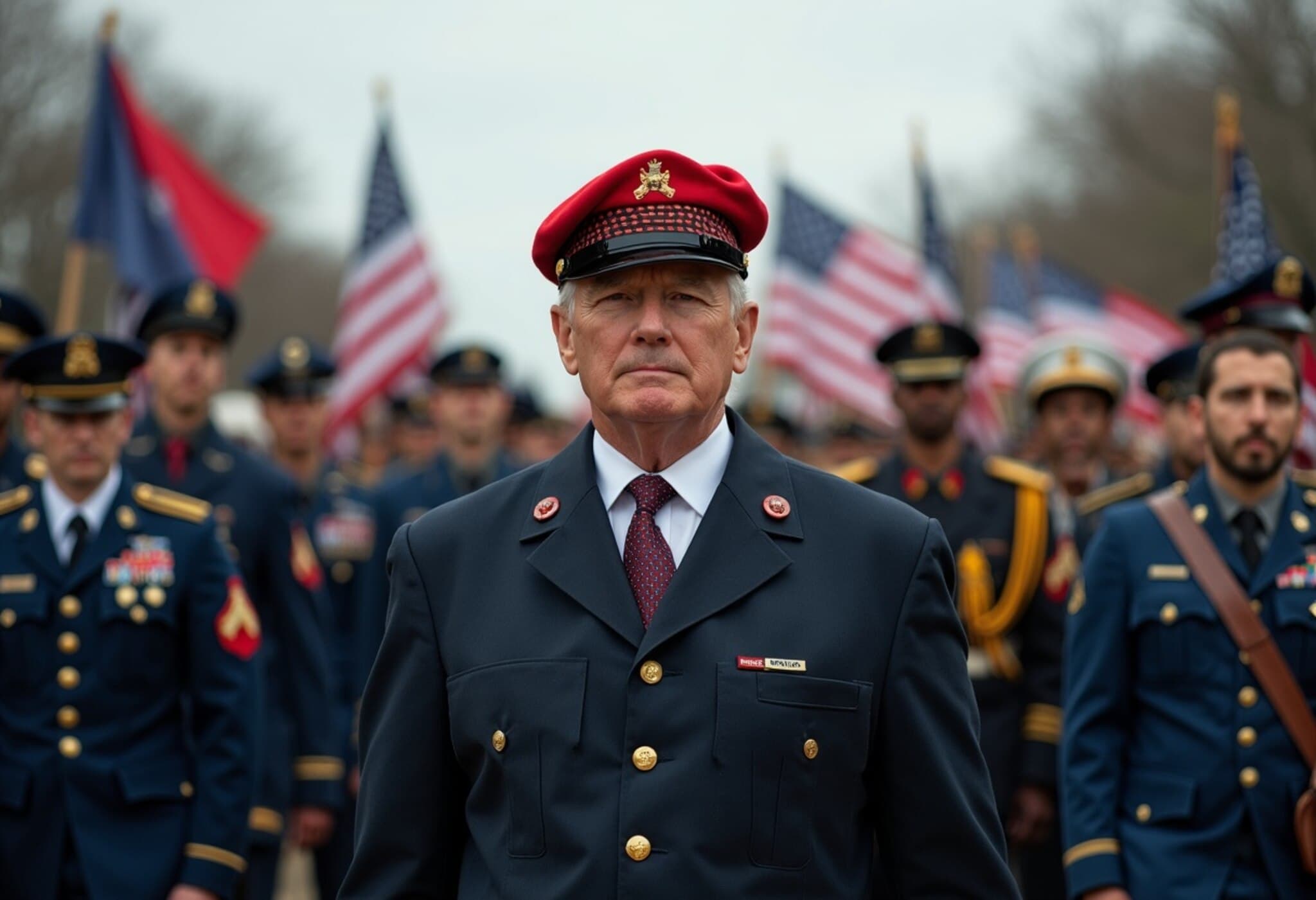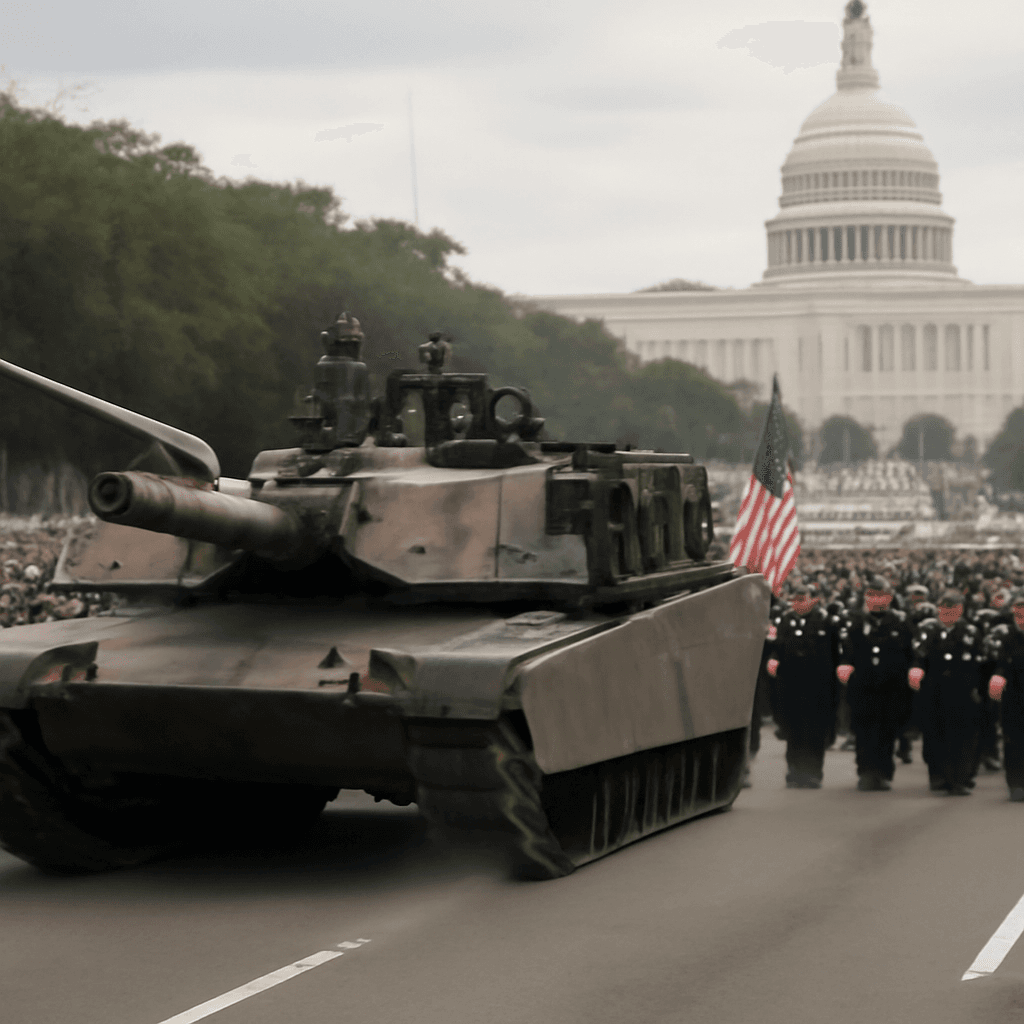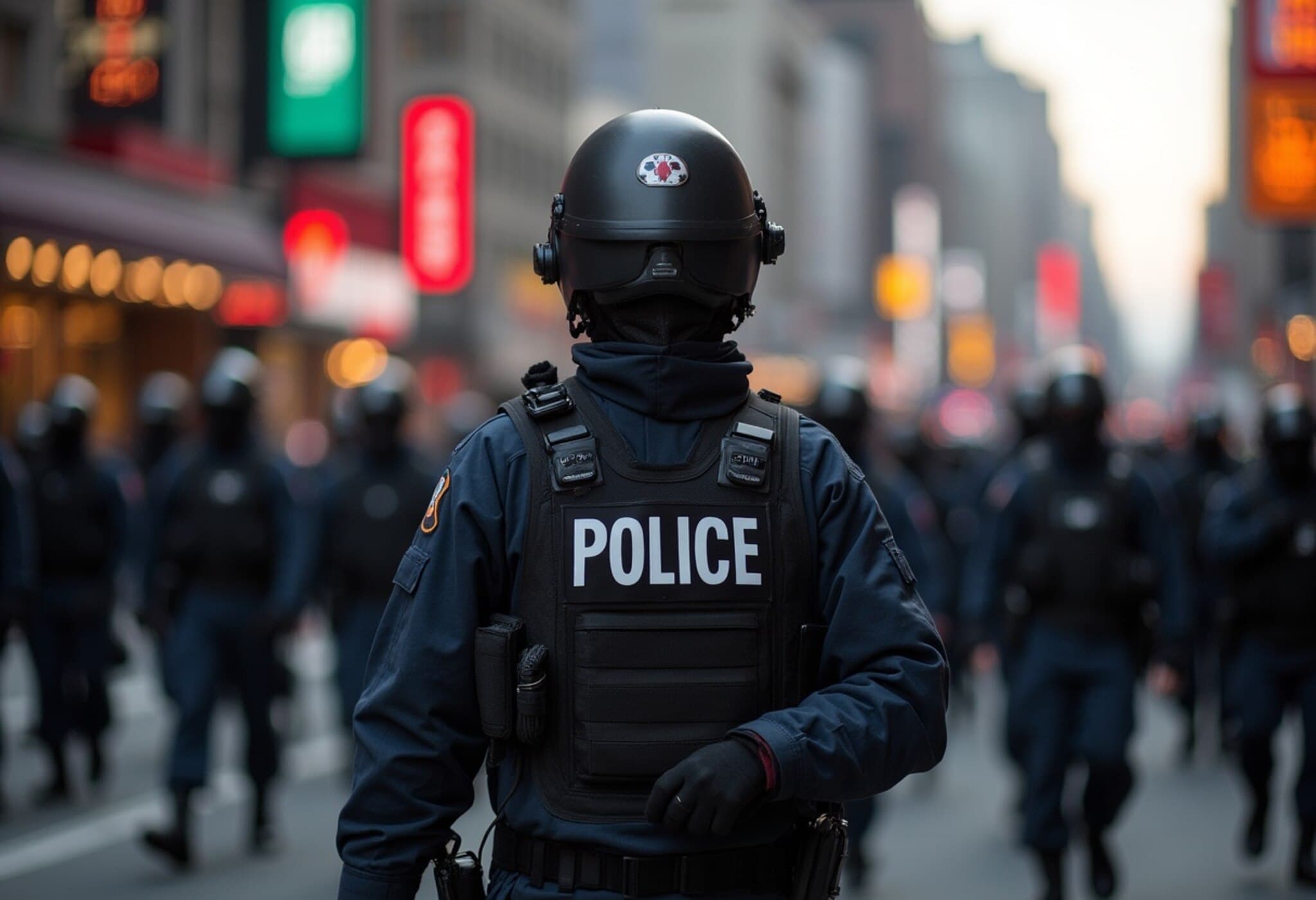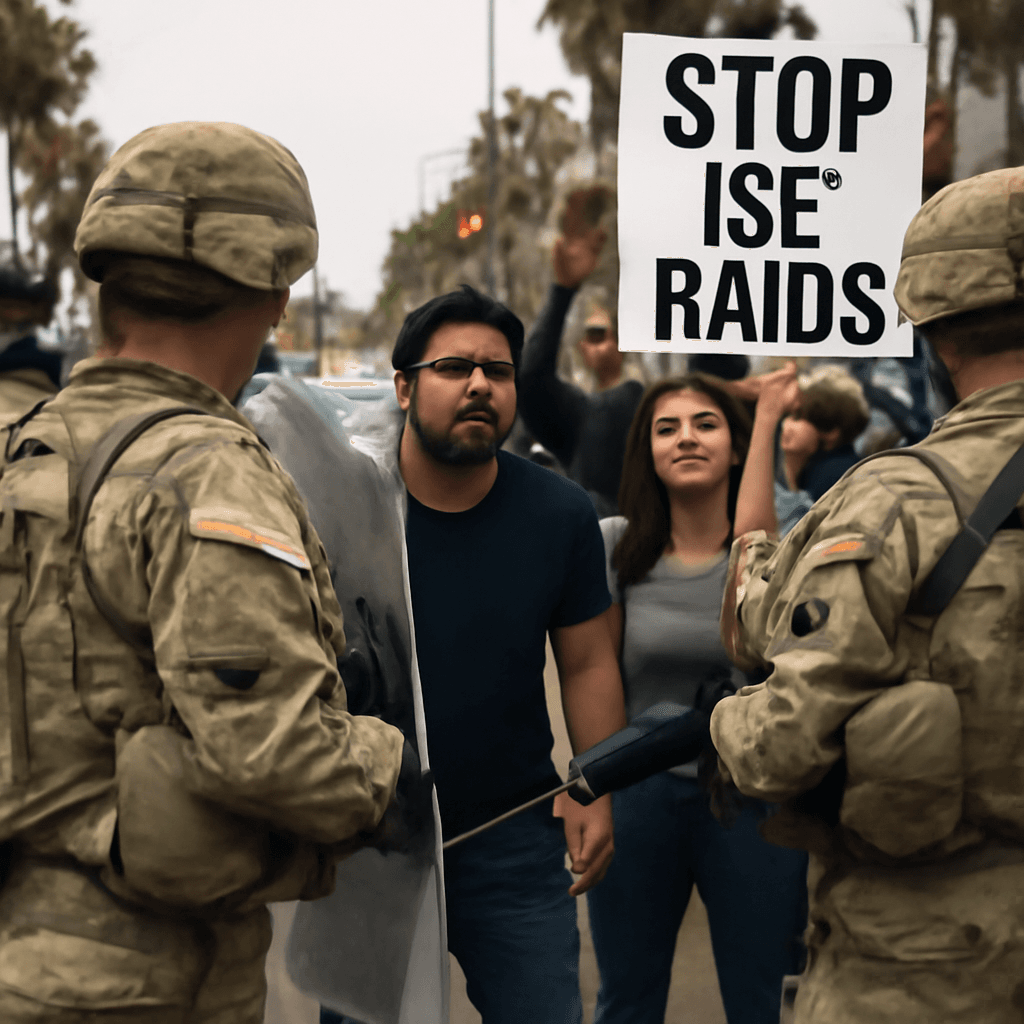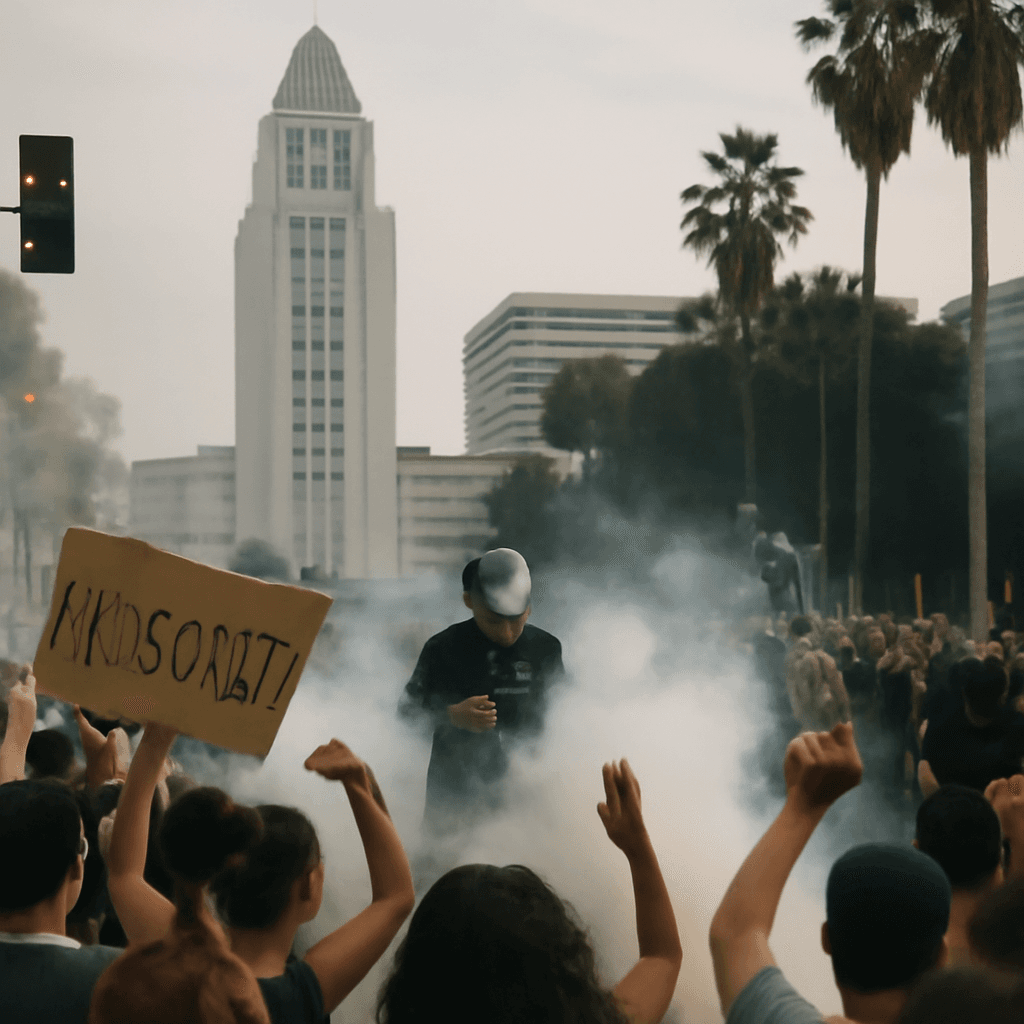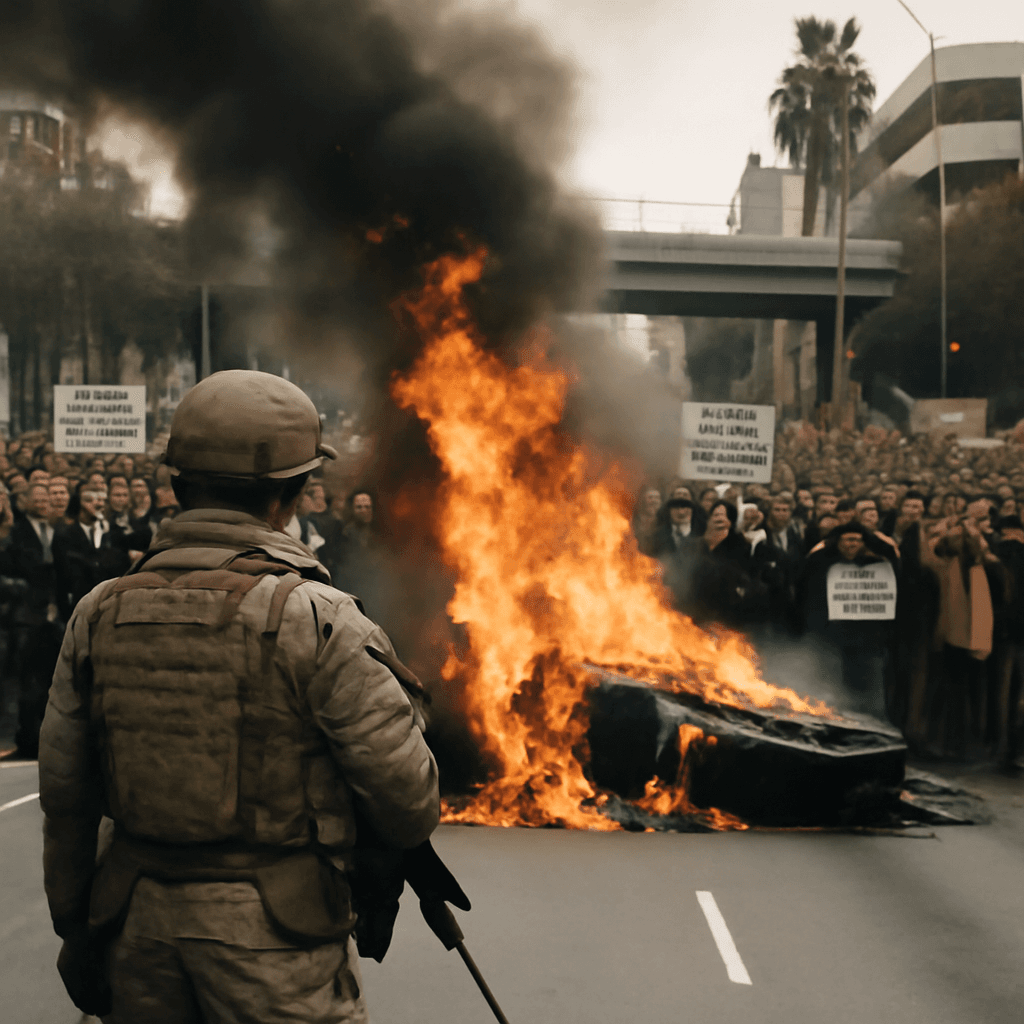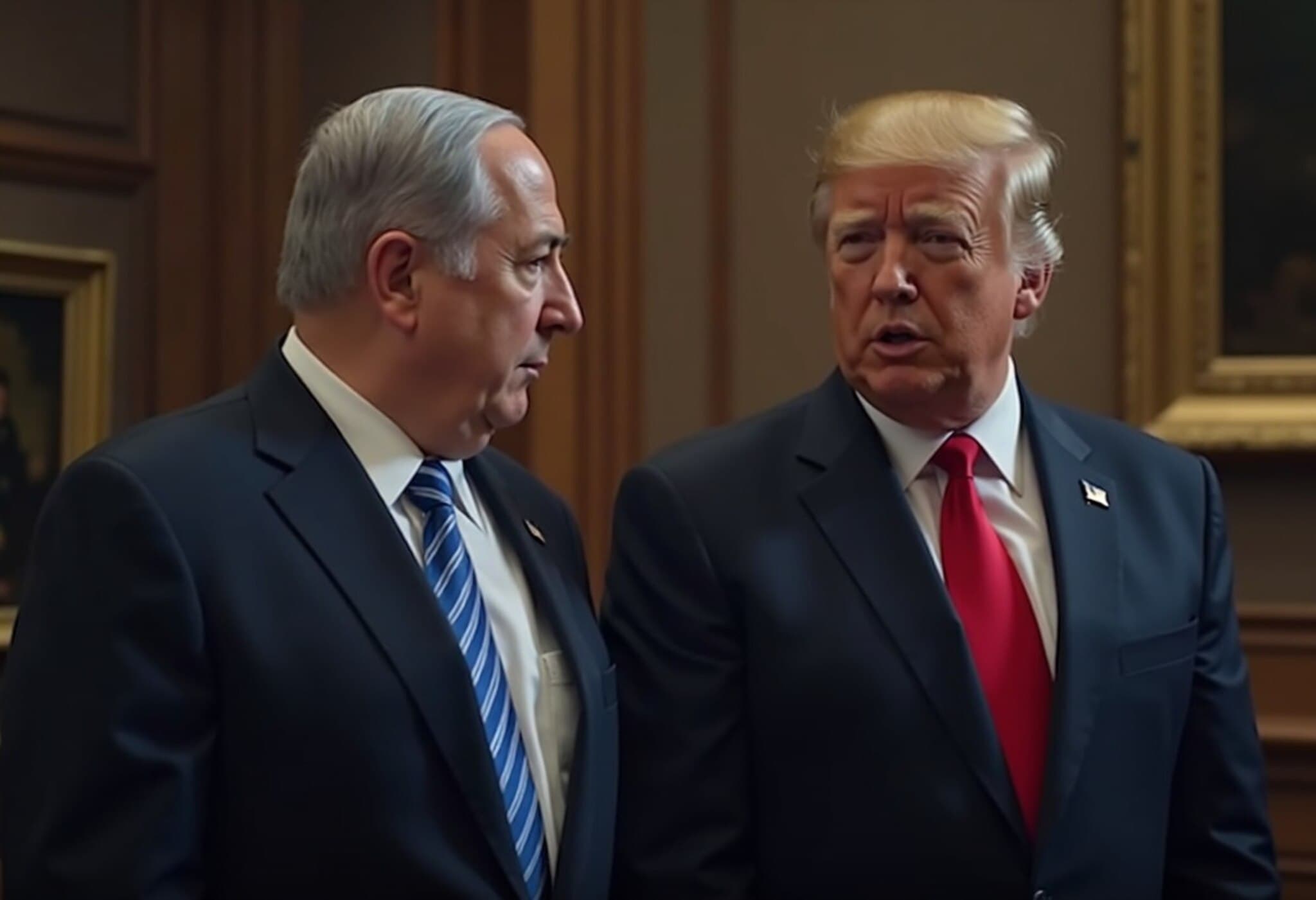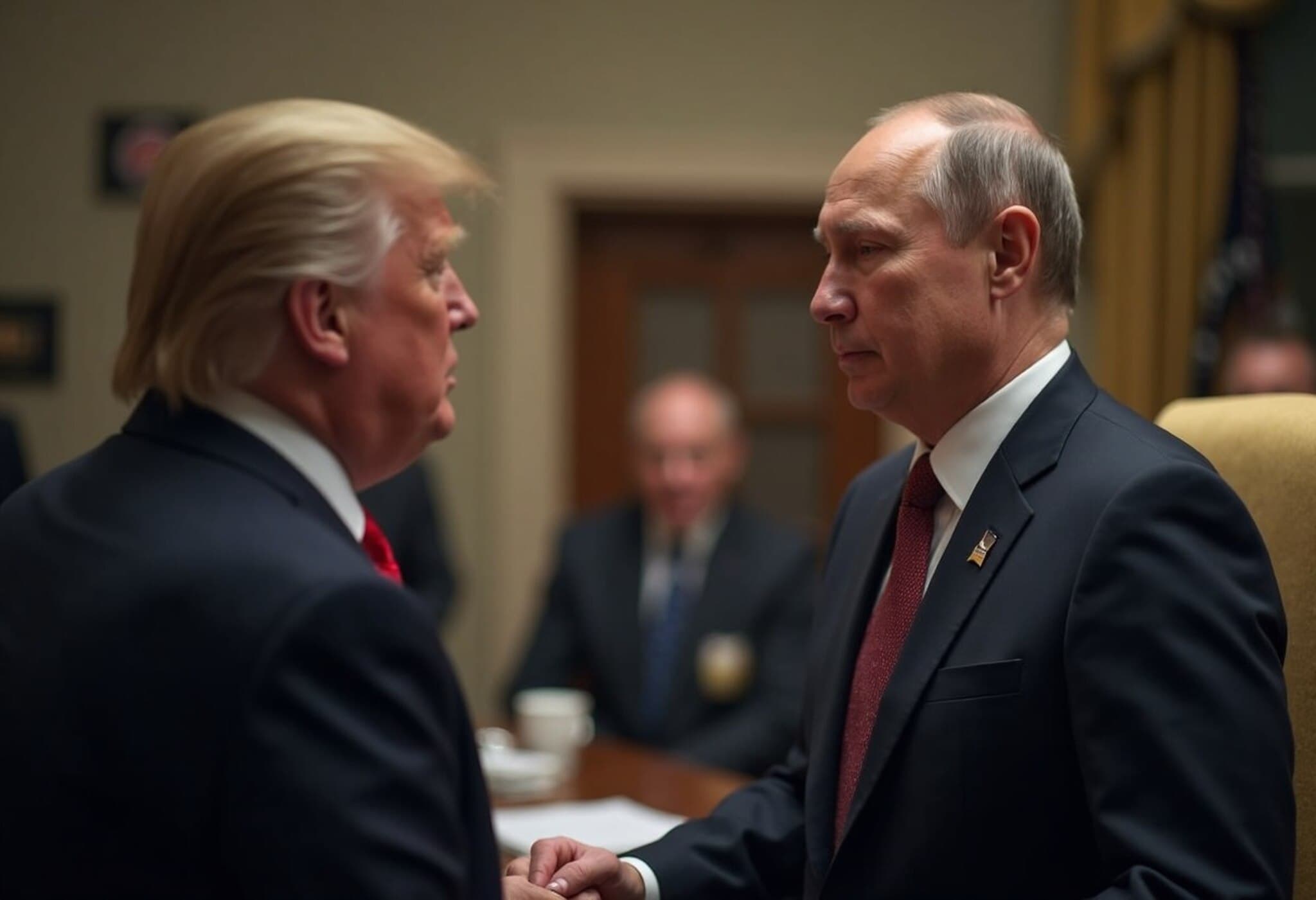Tens of Thousands Rally Across the U.S. to Protest President Trump
On a day marking both the U.S. Army’s 250th anniversary and President Donald Trump’s 79th birthday, protests under the banner “No Kings” erupted nationwide, voicing strong opposition to the president’s leadership style and recent federal policies. From bustling metropolises to small-town parks, nearly 2,000 locations saw demonstrators call out what they describe as authoritarian tendencies and condemn recent immigration enforcement actions.
Vibrant Protests Highlight Deep Discontent
The flagship rally took place in Philadelphia’s iconic Love Park, where light rain failed to deter determined crowds. Protesters engaged in spirited chants, sang satirical versions of popular songs like “Y.M.C.A.,” and brandished eye-catching signs bearing messages such as “Fight oligarchy” and “Deport the mini-Mussolinis.” Immigration issues were front and center, with slogans like “The wrong ice is melting” calling attention to recent federal raids.
Attendees, such as 61-year-old Maryland nurse Karen Van Trieste, stressed the stakes involved. “It’s about defending democracy,” she remarked, underscoring the widespread anxiety about the direction of the administration.
Similar energy resonated from an overflowing crowd of 5,000 in Atlanta’s state Capitol area to drum circles in front of Los Angeles City Hall. In Charlotte, North Carolina, chants of “We have no kings” echoed the protest’s central theme.
Heightened Security and National Guard Deployments
The widespread demonstrations prompted heightened security measures across multiple states. The organizing body behind the protests, the 50501 Movement—representing 50 states, 50 rallies, and a united movement—centered its efforts on resisting what it characterizes as President Trump’s authoritarian impulses.
In response, governors in states including Virginia, Texas, Nebraska, and Missouri mobilized their National Guard units. Virginia’s Governor Glenn Youngkin warned, “If you violate the law, you’re going to be arrested.” Meanwhile, Florida’s Governor Ron DeSantis urged protesters near Mar-a-Lago to respect legal boundaries ahead of planned marches. Missouri’s Mike Kehoe echoed concerns, affirming his state would not stand by as disorder unfolded.
Law enforcement agencies took no chances: California put officers on tactical alert, halting all leave, and West Virginia similarly placed its National Guard on standby. These moves highlight the delicate balance officials seek between ensuring security and respecting citizens’ rights to protest.
Calls for Peace and Order from Local Leaders
Amid this charged atmosphere, Democratic governors across the country urged calm and peaceful demonstrations. Pennsylvania Governor Josh Shapiro detailed preparations for what could be a crowd numbering nearly 100,000 in Philadelphia alone.
Arizona Governor Katie Hobbs and Washington State’s Bob Ferguson both emphasized the importance of non-violence, cautioning that any escalation could provoke federal intervention. Ferguson reminded protesters to avoid handing the administration justification to deploy additional forces.
In Florida’s capital, Tallahassee, approximately 1,000 demonstrators voiced their dissent with chants like “dissent is patriotic,” and signs proclaiming “One nation under distress.” Organizers were clear: avoid confrontation with counterprotesters and do not obstruct traffic.
Philadelphia’s District Attorney Larry Krasner reinforced that the rule of law would prevail. He promised to prosecute any illegal actions, including overreach by immigration enforcement officials. Invoking Martin Luther King Jr., Krasner reassured demonstrators, “If you are doing what Martin Luther King would have done, you’re going to be fine.”
The nationwide protests on this symbolic day clearly illustrate the deep divisions and political tensions gripping the nation, as citizens mobilize to voice their concerns over leadership, immigration policy, and democracy’s future.

